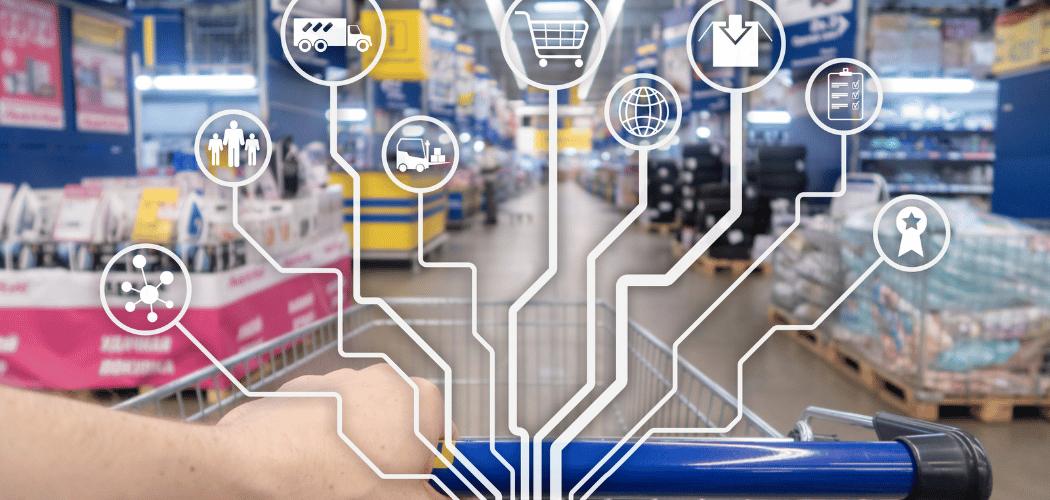The loyalty and rewards market in Latin America recorded significant growth in the last few years. According to Research and Markets, the loyalty market in the region is expected to grow by 13.6 percent in 2023 totaling approximately US$8.7 Billion.
"There is a huge opportunity to grow loyalty programs in the region," says Latam Pass Brasil General Director, Martin Holdschmidt (LATAM airlines).
Brazil is, by far, the largest market for loyalty programs in Latin America, followed by Mexico and Argentina.
Data shows that 81 percent of Brazilians are in some kind of loyalty program although only 10 percent of these are airline programs.
"More impressive than penetration of loyalty programs in Brazil is the number of programs people are in. Approximately 80.9 percent of Brazilians take part in at least one loyalty program," says Holdschmidt.
According to the executive there is a degree of maturity of loyalty programs in the Brazilian market, which is even greater than those seen in Europe and the United States.
"In Brazil you have very developed bank loyalty programs. More than just working in a direct partnership, with a direct credit card with the airline, banks have developed their own loyalty programs, and this creates a much more competitive environment and brings much more innovation into the system as a whole," says the Latam Pass CEO.
Global Flight's managing director, Ravindra Bhagwanani, agrees.
"And it's not only that everybody here has a loyalty program but that they are fully developed, and they know how to work with them. Its already in their culture," noted Bhagwanani during Global Flight's 2023 Loyalty & Awards Conference, this year held in Rio de Janeiro, Brazil.
Executives say the challenge of loyalty programs in Brazil and other Latin American countries today is trying to make the program more informative and easier to understand.
"It's not always such a trivial thing for people to understand how it works, how to accumulate points, etc. We must make the programs easier to understand. I think the big challenge now is how we teach the population how to participate in these loyalty programs," adds Holdschmidt.
They admit that some factors, such as fuel costs and foreign exchange rates, have a significant impact on airline travel across South America.
"Issues such as volatile foreign exchange rates limit the growth of travel," says Holdschmidt.
But, although volatile forex rates have limited the use of loyalty points and growth of air travel, it has also created a dynamic environment for the development of new products.
"In Argentina, for example, airline loyalty points go beyond just traveling, and are used almost entirely as savings account, keeping travel funds safe from the strong currency devaluation," notes the Latam Pass executive.
Mexico's Viva Aerobus has combined both subscription and non-subscription loyalty programs - with the bus company having its own points-revenue, non-subscription-based program while the airline has its co-brand and subscription loyalty program.
According to Pablo Sordo, Chief Strategy Officer of Viva Aerobus, customers can make use of the benefits both in their air travel, as well as land travel with these allied brands.
"They can travel across the country, combining both land and air transportation in a single trip, saving time and money," says Sordo.
Despite the economic hurdles of Latin American countries, the evolution of loyalty programs in the region in the past few years is seen as impressive.
Data from ABEMF (Brazilian Association of Companies in the Loyalty Market) found an increase of 20.4 percent in the gross revenue of its members in 2Q23, in relation to the same period in 2022, totaling R$4.9 billion during the period.
According to ABEMF, points/miles issued also grew, totaling 209.7 billion in the quarter, an increase of 25.9 percent than that seen in 2Q22.
"The sector continues to evolve consistently, in double digits in practically all the market indicators we evaluate. Even when we measure Brazilians’ interaction with loyalty programs was 25.9 percent higher than that recorded in 2Q22, reaching 11.7 million transactions in the period”, says executive director at ABEMF, Paulo Curro.




